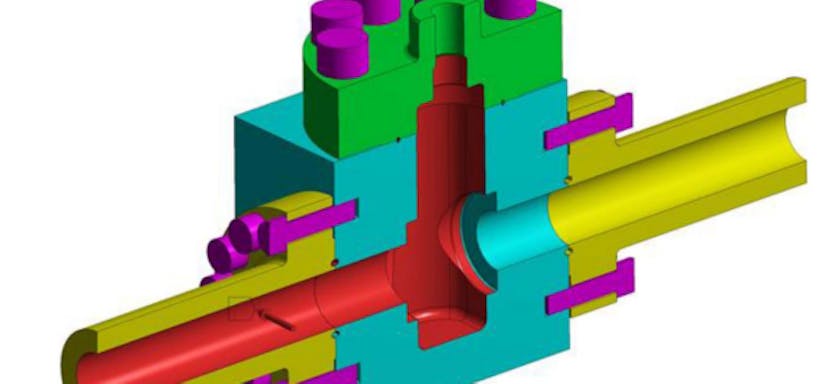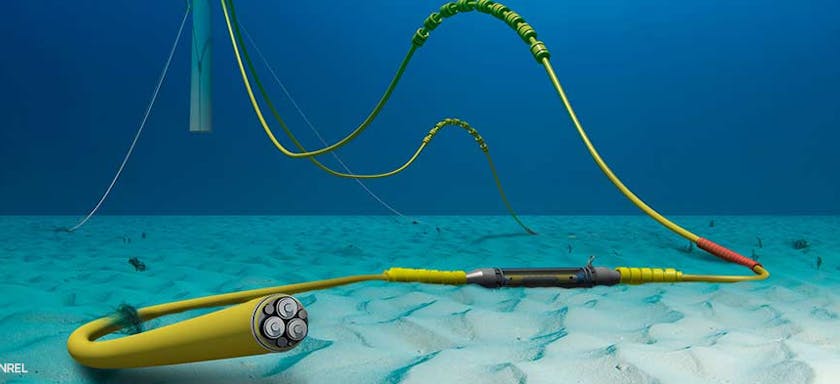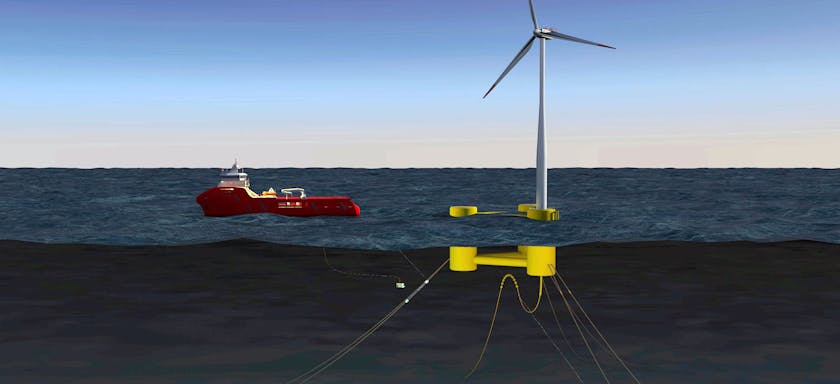Effect of Mud Shedding on Riser Anti-Recoil at Emergency Disconnect
EVENT: OMAE
1 Jul 2012
With drilling capability extends to water depths up to 3000m, significantly increased is the risk associated with a failed riser recoil control in the event of an emergency riser disconnect due to loss of vessel station keeping. In deeper waters the tensioner system undertakes higher top tension due to the accumulation of riser length and mud weight. During emergency disconnect, the riser is disconnected between the blow-out preventer (BOP) and the lower marine riser package (LMRP), releasing the base tension and mud pressure. Impact between the top riser system and the diverter housing system should be avoided, and the clearance between the LMRP and BOP should be secured. Efforts have been continuously made in the industry to achieve a more accurate predict of the riser recoil response. The relevance of mud discharge to recoil control has been widely discussed but little quantitative data has been revealed in the literature.
In this paper, effect of mud shedding on riser recoil response is discussed. The Herschel-Bulkley rheology model is utilized for mud flow and is considered the latest advance in the drilling industry. Water hammer theories with column separation are modified to account for mud discharge in laminar, transitional and turbulent flow regimes.
As a case study herein, recoil response of a drilling riser attached to a dynamically positioned semi-submersible drilling vessel is assessed to present the mud discharge effect on riser anti-recoil control. At emergency events, the riser is disconnected above the BOP, which is located at a water depth of about 2150m for this study. Mud is generally preferred to be freely discharged during an emergency disconnect for ease of anti-recoil control and riser integrity. The density difference between drilling mud in the riser annulus and sea water outside the riser outer casing before disconnect induces a high pressure difference, which drives mud shedding at riser disconnect. Mud flow rate plays an important role in the speed control of the riser uplift. 3D finite element analysis is performed in time domain to simulate riser response before and after disconnect. 2HRECOIL software is integrated into ANSYS user programmable features to better model the riser response and mud discharge.
Authors

Mike Campbell
Global Director, USA

Mike Campbell
Global Director, USA
About
Mike is a Global Director and vice president of 2H’s Houston office, where he is responsible for the management of the engineering group. Mike has over 22 years of experience dedicated to riser engineering, ranging from conceptual design and feasibility to detailed design, installation, monitoring and operational integrity management for all types of riser systems and subsea equipment. He has authored numerous technical publications including fatigue analysis methods and the use of field measurements to benchmark and improve design tools. Mike is a graduate of the University of Sheffield, UK, and has a bachelor’s degree in mathematics and physics.
Songcheng Li
Senior Engineering Specialist, Houston







